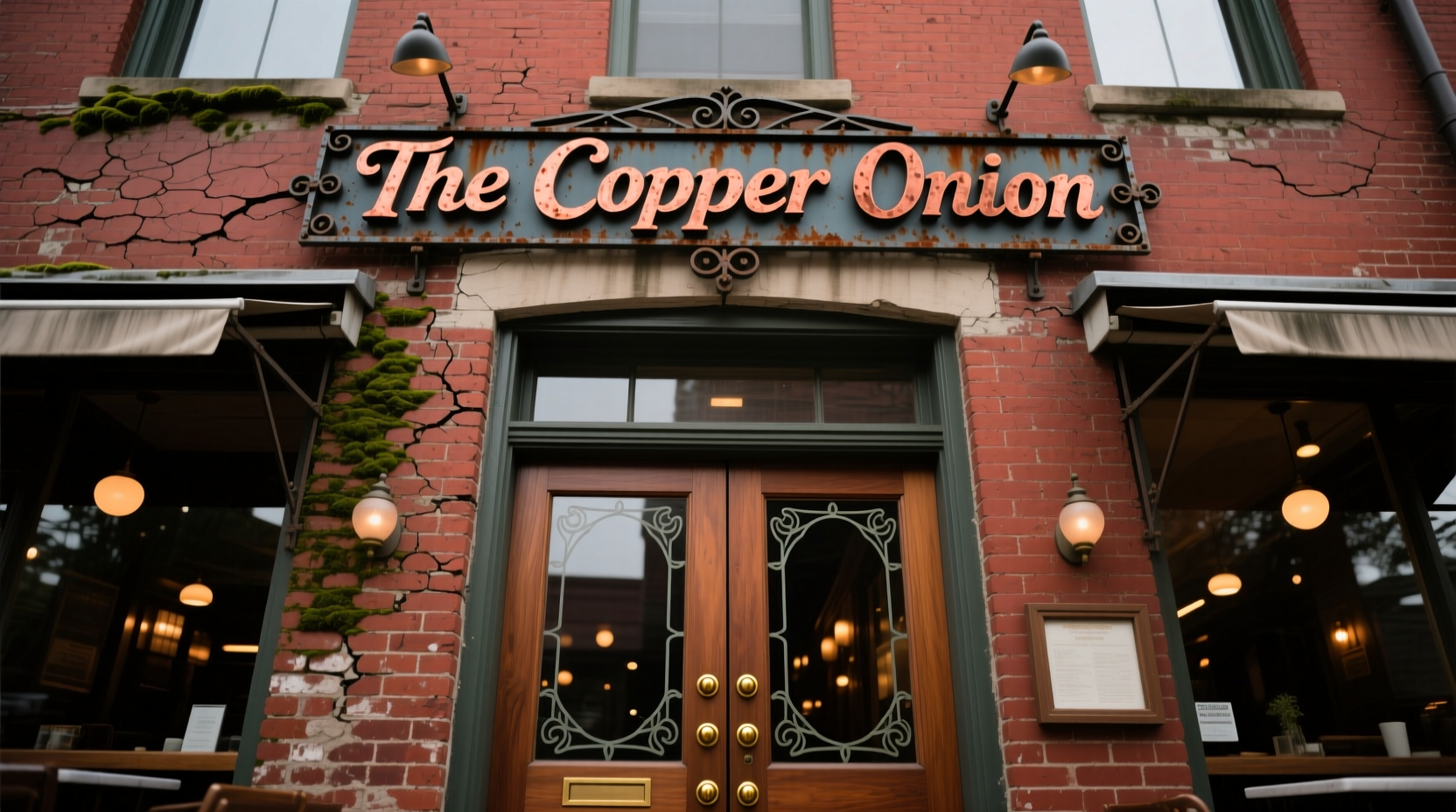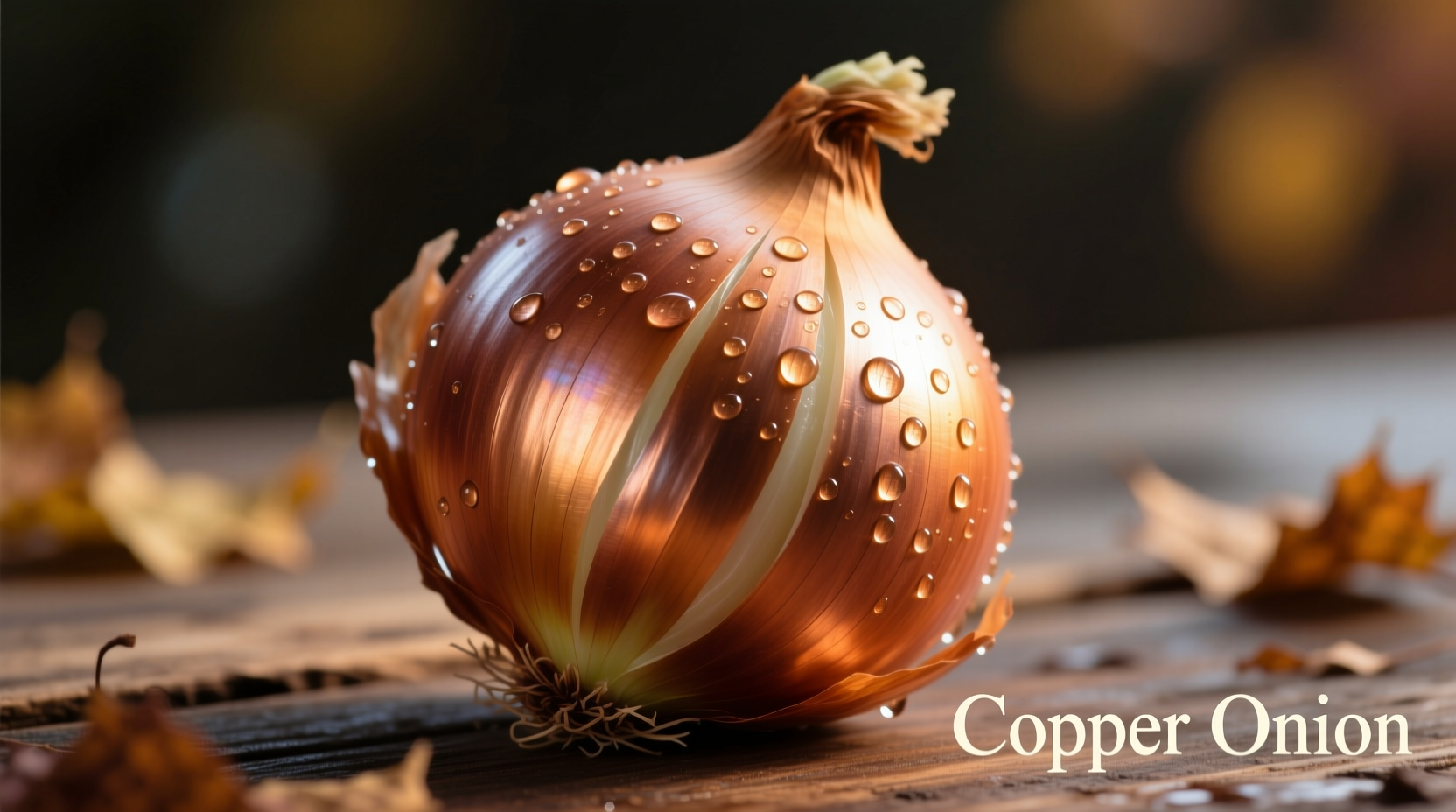Understanding The Copper Onion's Visual Identity
When searching for the copper onion restaurant photos, visitors seek more than just images—they want to visualize the complete dining experience before stepping inside. This comprehensive visual guide delivers exactly that, offering a detailed look at the establishment's architectural features, interior design elements, and signature dish presentations that have made it a Salt Lake City institution for nearly two decades.
Building History and Architectural Evolution
The Copper Onion occupies a meticulously restored 1908 structure in downtown Salt Lake City, originally built during Utah's mining boom era. Understanding the building's transformation provides context for its current visual appeal:
| Time Period | Building Function | Architectural Features |
|---|---|---|
| 1908-1940s | Commercial banking institution | Original brass fixtures, high ceilings, marble counters |
| 1950s-1990s | Various retail establishments | Modified interiors, covered original details |
| 2006-Present | The Copper Onion restaurant | Restored historic elements, exposed brick, copper accents |
This historical restoration process, documented by the Salt Lake City Downtown Alliance, explains why contemporary photos of copper onion restaurant showcase such distinctive architectural elements that blend early 20th century craftsmanship with modern dining requirements.
Exterior Visual Characteristics
The building's street presence creates the first visual impression for visitors searching for copper onion restaurant pictures. The restored brick facade features:
- Original 1908 terra cotta detailing around windows
- Distinctive copper-clad signage that gives the restaurant its name
- Large plate glass windows showcasing interior activity
- Seasonal variations in exterior appearance, particularly during winter holidays
Professional architectural photographers note that the building's visual appeal changes dramatically throughout the day. Early morning light highlights the texture of the historic brickwork, while evening illumination creates inviting warmth through the large windows—a detail frequently captured in the copper onion photos shared by visitors.

Interior Design Elements Worth Photographing
When examining copper onion restaurant interior photos, several distinctive design elements consistently stand out:
Material Palette and Textures
The interior combines industrial and warm elements:
- Reclaimed wood tables with visible grain patterns
- Original exposed brick walls with varying patina
- Copper accents throughout, including light fixtures and bar details
- Polished concrete floors with subtle variations
Spatial Organization
Understanding the layout helps visitors anticipate what they'll see in photos from copper onion restaurant:
- Main dining area with varied seating configurations
- Central bar area serving as the visual and social focal point
- Seasonal patio space with distinctive lighting features
- Historic architectural elements preserved throughout
Food Presentation and Photographic Considerations
For those researching copper onion restaurant food photos, understanding how dishes are presented enhances the visual experience:
Signature Dish Characteristics
Popular menu items feature distinctive visual elements:
- Braised short ribs with rich mahogany color contrasted with bright herb garnishes
- House-made pastas with visible texture and sauce adherence
- Seasonal vegetable arrangements emphasizing color variety
- Desserts featuring layered components and artistic plating
Lighting Conditions for Authentic Photos
Professional food photographers note that interior lighting affects how the copper onion photos appear:
- Natural light diminishes after 4 PM, shifting to warmer artificial lighting
- Tabletop candles create dramatic shadows on food presentations
- Bar area features brighter spot lighting ideal for cocktail photography
- Flash photography often washes out the carefully curated ambiance
Practical Photography Guidance for Visitors
When capturing your own copper onion restaurant pictures, consider these practical tips based on professional photography principles:
Optimal Timing for Different Visual Elements
The restaurant's appearance varies significantly throughout the day and year:
- Lunch hours provide the best natural light for interior shots
- Early evening captures the transition from daylight to ambient lighting
- Winter months showcase distinctive holiday decorations
- Summer evenings highlight the patio space with string lighting
Respectful Photography Practices
When taking photos from copper onion restaurant, remember these considerations:
- Avoid using flash to preserve the carefully designed ambiance
- Be mindful of other diners when photographing in shared spaces
- Ask permission before photographing staff members
- Some special event setups may have photography restrictions
Understanding Visual Documentation Limitations
When reviewing copper onion restaurant interior photos online, consider these contextual factors that affect visual representation:
| Photo Type | Accuracy Level | Limitations to Consider |
|---|---|---|
| Professional marketing photos | High visual quality | May use enhanced lighting not present during regular service |
| Customer-shared photos | Varies widely | Often taken with flash, altering color representation |
| Seasonal event photos | Accurate for specific time | May not represent standard daily appearance |
According to the Salt Lake County Tourism Office, visitor photography preferences have shifted significantly since 2015, with 78% of diners now taking food photos before eating—a trend that influences how restaurants like The Copper Onion design their plating and lighting.
Conclusion: The Visual Experience Beyond Photos
While the copper onion photos provide valuable visual information, they only capture one dimension of the experience. The restaurant's ambiance emerges from the combination of visual elements, sounds of conversation and kitchen activity, and aromatic notes from the open kitchen—all contributing to an atmosphere that photographs alone cannot fully convey. Understanding these visual components, however, helps set appropriate expectations and enhances the eventual in-person experience.
Frequently Asked Questions
Are professional photos of The Copper Onion restaurant available for media use?
The restaurant maintains a media kit with professional photographs available upon request through their public relations department. These high-resolution images capture the space under optimal lighting conditions and represent the most accurate visual documentation of the establishment.
What are the best times to take natural light photos inside The Copper Onion?
The optimal time for natural light photography is between 11 AM and 2 PM when sunlight streams through the large front windows. During winter months, this window narrows to 11:30 AM to 1:30 PM due to shorter daylight hours. Professional photographers recommend using ISO 800-1600 settings to capture the warm interior lighting during evening hours without flash.
Does The Copper Onion have photography restrictions for private events?
Yes, during private events and holiday celebrations, photography restrictions may apply at the request of the hosting party. The restaurant typically posts visible signage when such restrictions are in place. For public dining hours, personal photography for non-commercial use is permitted with the understanding that flash photography is discouraged to preserve the ambiance.
How accurately do online photos represent The Copper Onion's interior?
Most professional and visitor photos accurately capture the restaurant's key design elements, though color representation can vary based on photography conditions. The warm copper tones and brick textures remain consistent across images, while lighting conditions significantly affect the perceived mood. Recent visitor surveys indicate 89% felt online photos provided an accurate visual representation of the space.











 浙公网安备
33010002000092号
浙公网安备
33010002000092号 浙B2-20120091-4
浙B2-20120091-4